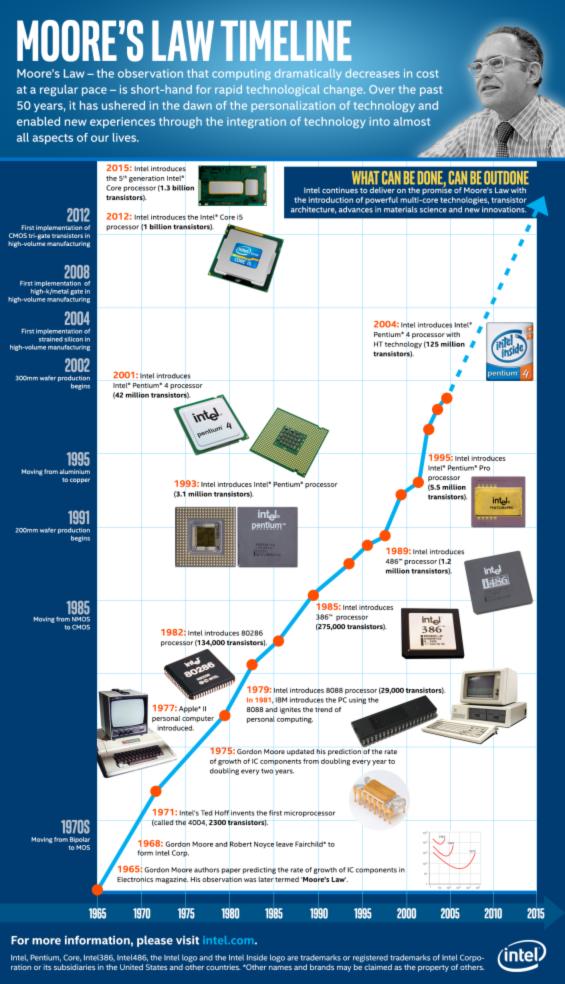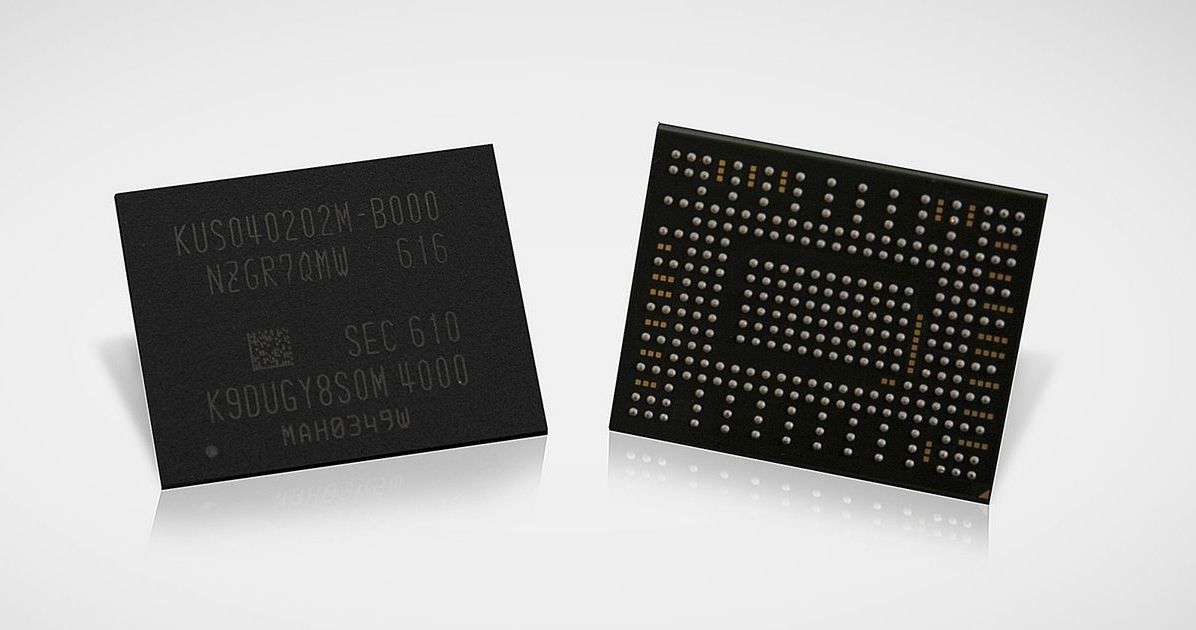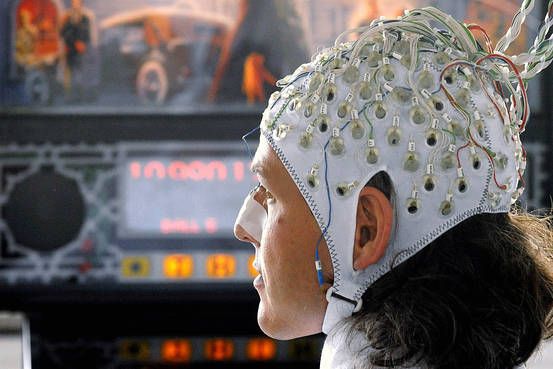Jun 6, 2016
Quantum Computing And How You Can Get Involved Now
Posted by Karen Hurst in categories: business, computing, education, mobile phones, quantum physics
Change is coming; will you be ready?
I remember many decades ago when folks were trying to learn a new OS that changed businesses, governments/ educational institutions, and households around the world. That OS was called Windows; and hearing the stories as well as watching people try to use a PC and a mouse was interesting then.
Now, the world will again go through a large scale metamorphosis again when more and more QC is evolved and made available over the next 5 to 7 years in the technology mainstream. Change is often necessary and often can be good as well.
You might ask yourself, “What is quantum computing, and how do I get involved?”
Continue reading “Quantum Computing And How You Can Get Involved Now” »



















